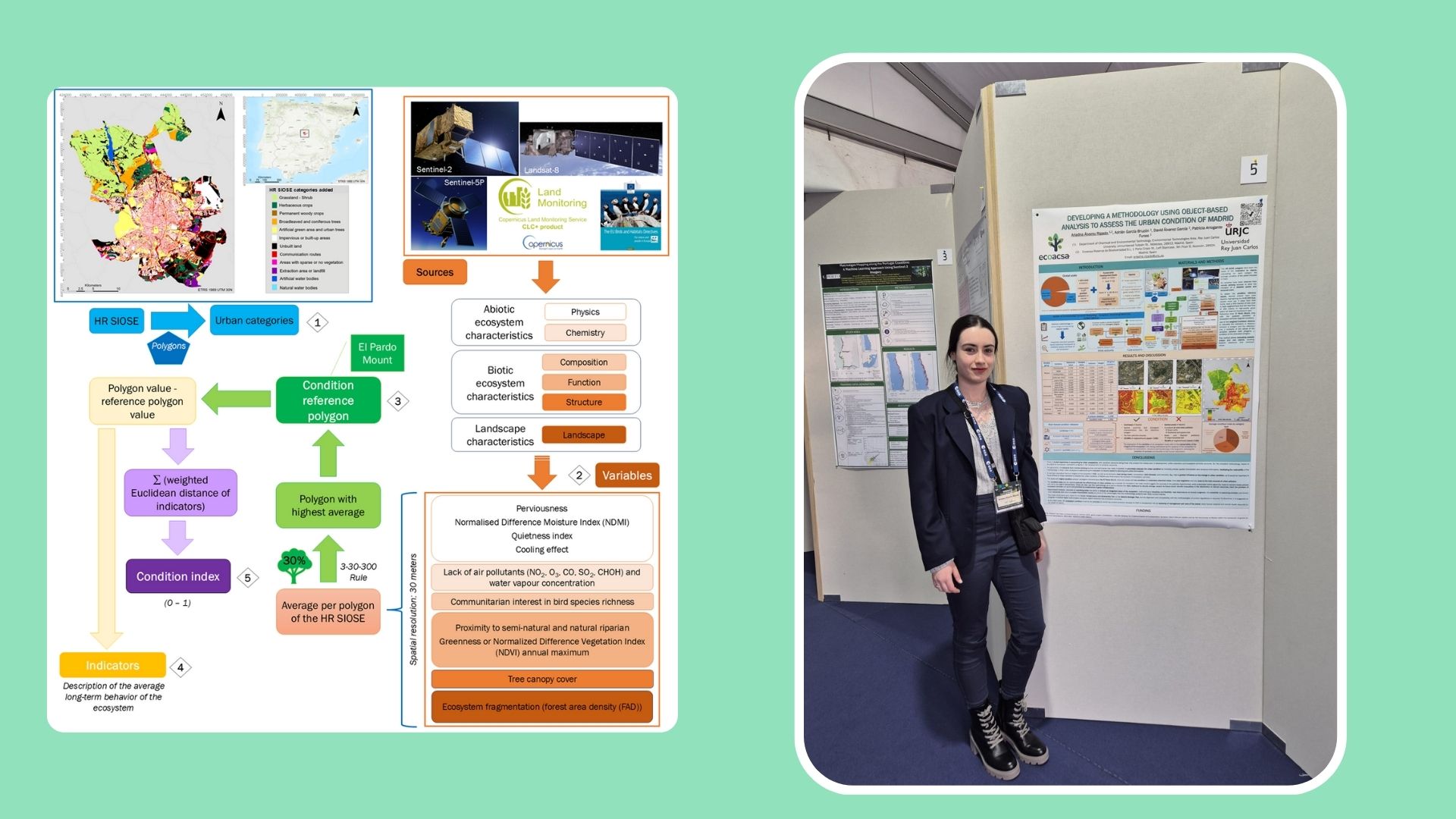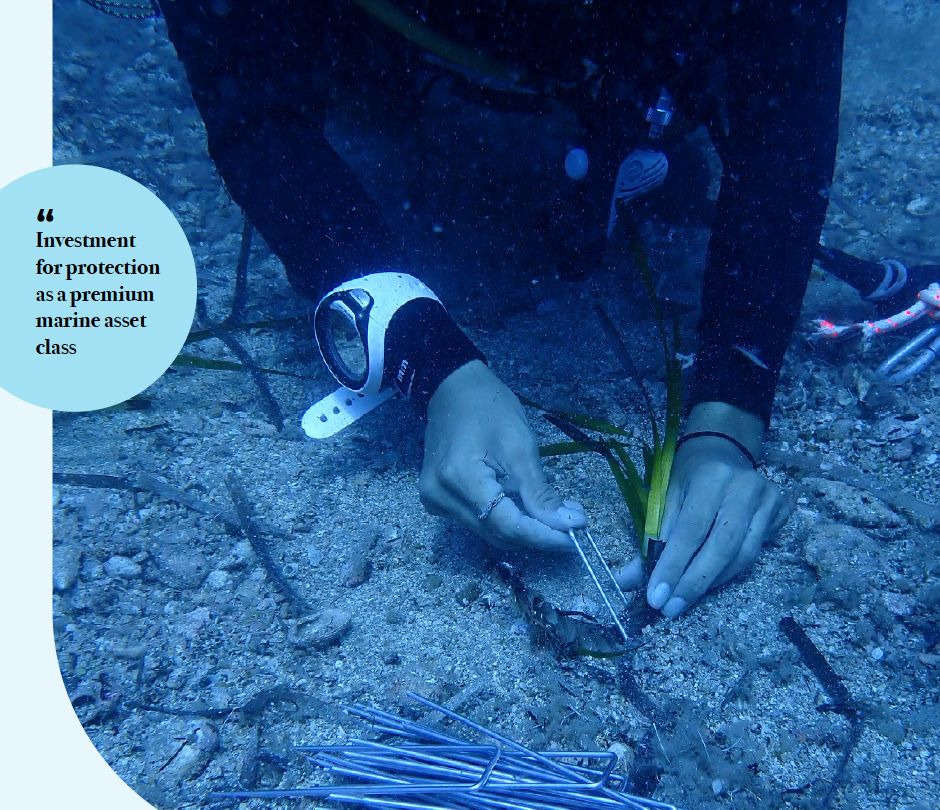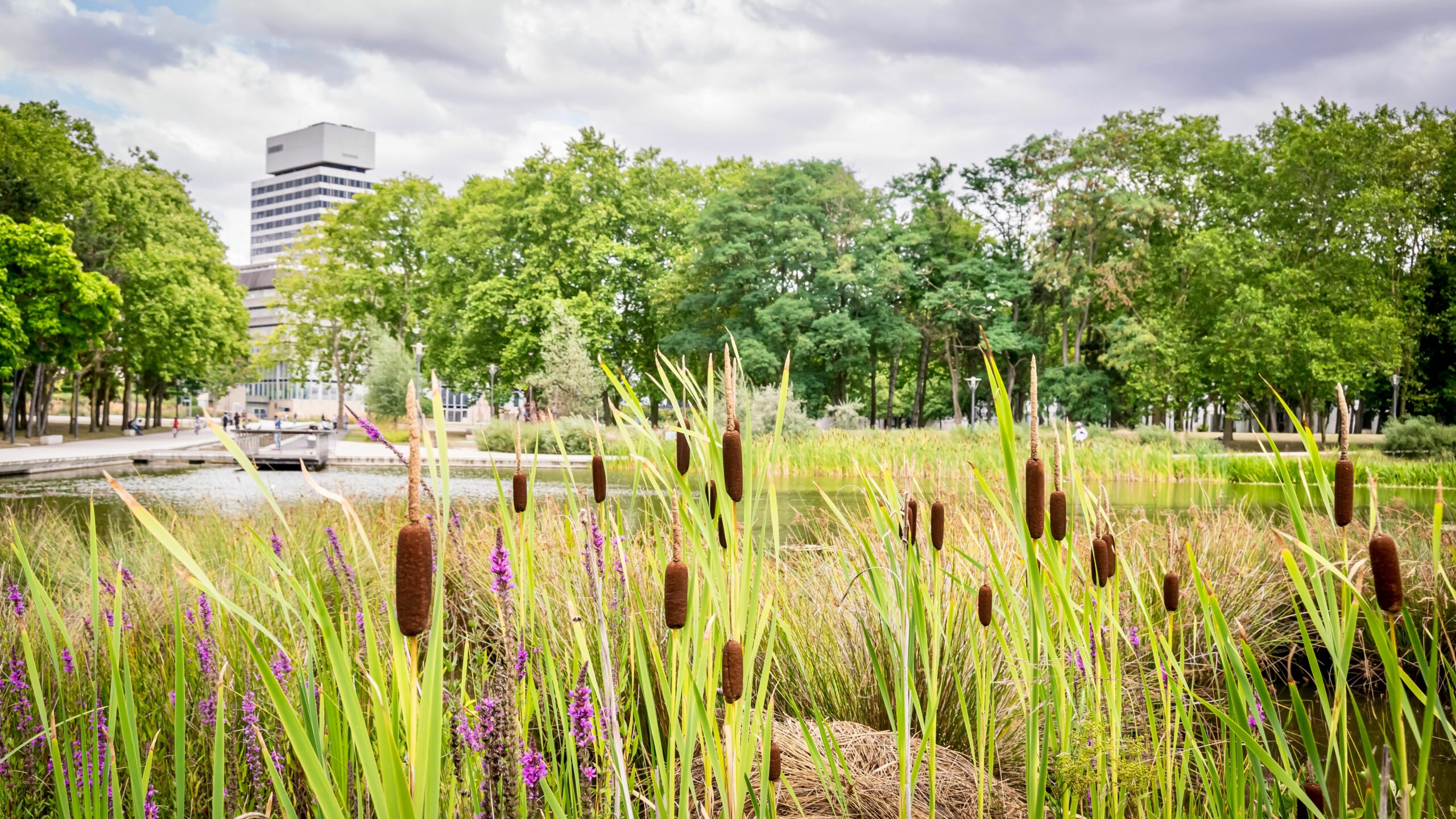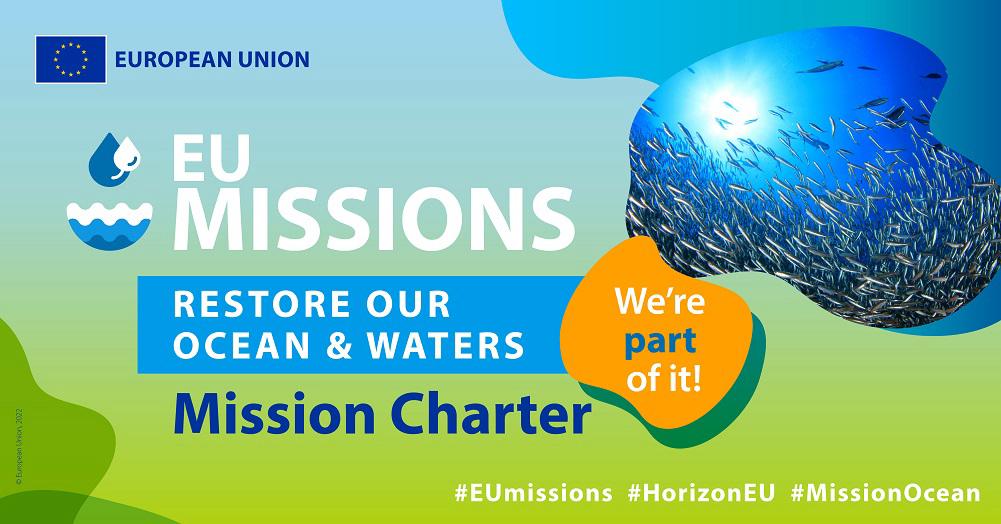Ecoacsa recently participated in this year's edition of Biodiversity Insights from Space (BioSpace 2025), an international conference organized by the European Space Agency, the European Commission, and GEO BON, to present the results of a pioneering research on the assessment of urban ecosystem condition. Under the title Developing a Methodology Using Object-Based Analysis to Assess the Urban Condition of Madrid, our colleague Ariadna Álvarez-Ripado, the lead author of this research developed in collaboration with the Rey Juan Carlos University (URJC), shared with the audience in the scientific poster session the main innovations of the methodology based on the United Nations System of Environmental-Economic Accounting-Ecosystem Accounting (SEEA-EA) framework, adapted to the complex dynamics of urban environments.
The study, published in the scientific journal Ecological Indicatorsintroduces a methodology that allows for the analysis of urban ecosystem health using key indicators such as tree cover, bird richness, and the presence of atmospheric pollutants. One of the most innovative aspects of the research is the use of object-based analysis instead of traditional pixel-based methods, allowing for a more accurate and representative assessment of the state of urban ecosystems.
The calculation of the condition of each city polygon makes it possible to establish action priorities based on the deterioration or good condition reflected by the results. In the face of data showing poor condition, urgent improvement interventions can be planned, while results revealing good condition can lead to the proposal of necessary conservation actions.
Los resultados principales revelan que el 23,66 % de los barrios presentan una condición buena (valor superior a 0,60); y el 76,34 % de los barrios ofrecen una condición mala, con un un valor inferior o igual a 0,60. El valor medio de la condición urbana de Madrid asciende a 0,69.
The application of this methodology can be an essential pillar in the development of strategic plans, green infrastructure, and biodiversity; to measure the adaptability of cities to climate change, project future scenarios, or detect imbalances in the distribution of natural resources among different areas of the city.
Read the article Assessing urban ecosystem condition account with object-based methods..




